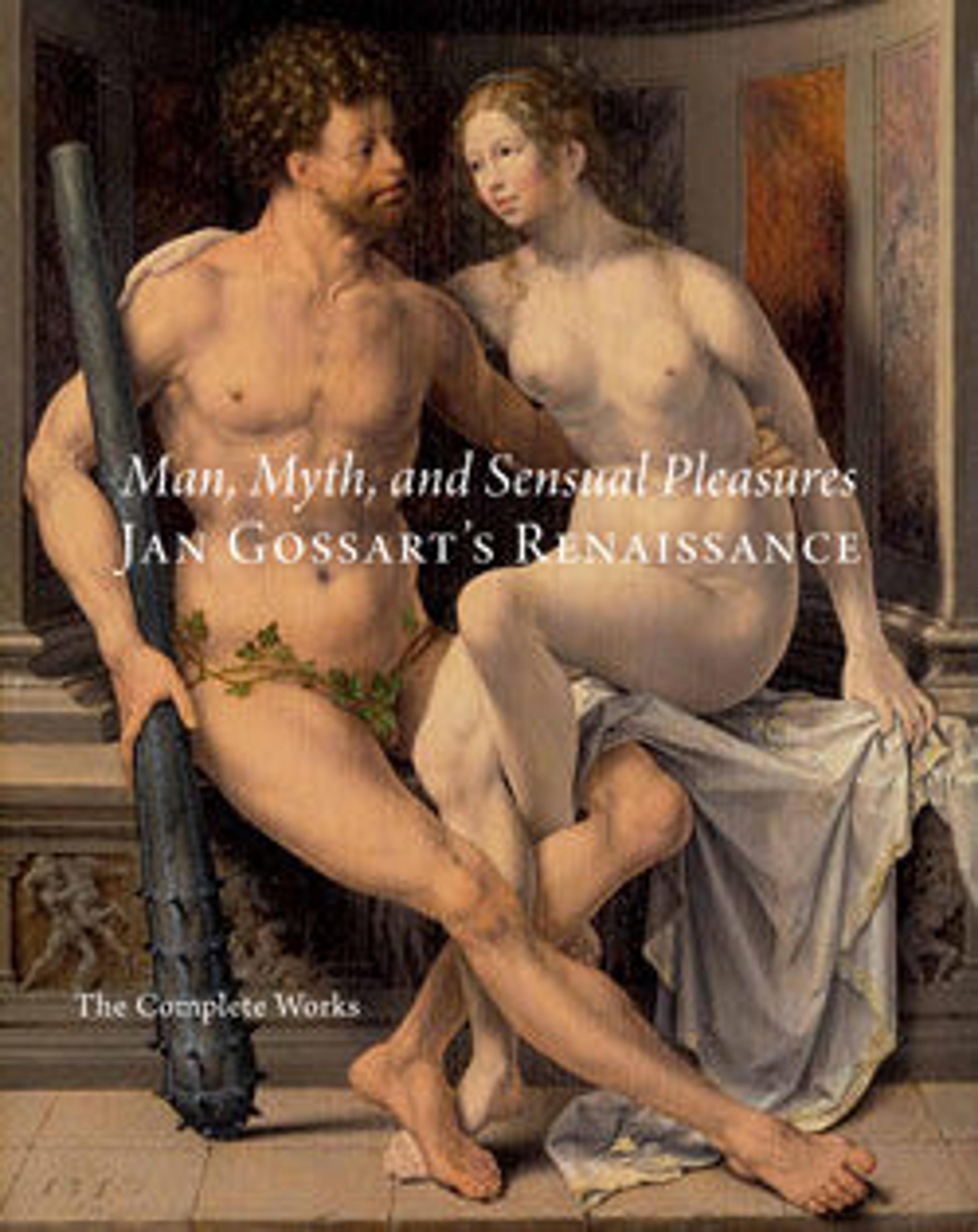The Poet Virgil in a Basket
According to medieval legend, Virgil fell in love with the Roman emperor's daughter. One night she promised to raise him to her bedroom in a basket but left him dangling halfway to be mocked by passersby the following day. The tale of the poet Virgil in a basket belongs to a popular fifteenth- and sixteenth-century theme, the power of women. Lucas produced two series of woodcuts and several engravings on this theme, illustrating women's ability to make fools of even the wisest of men. In a characteristic narrative strategy of the artist, Lucas placed the main subject in the background, inviting the viewer to join the onlookers in the foreground as they discuss the event.
This print is one of the artist's most delicately engraved and spatially elaborate works, with a clear distinction between foreground, middle ground, and background. Lucas was famed for his ability to create atmospheric perspective, achieved by lessening pressure on the burin so that the lines become increasingly fine and shallow the further from the foreground they are meant to be.
This print is one of the artist's most delicately engraved and spatially elaborate works, with a clear distinction between foreground, middle ground, and background. Lucas was famed for his ability to create atmospheric perspective, achieved by lessening pressure on the burin so that the lines become increasingly fine and shallow the further from the foreground they are meant to be.
Artwork Details
- Title: The Poet Virgil in a Basket
- Artist: Lucas van Leyden (Netherlandish, Leiden ca. 1494–1533 Leiden)
- Date: 1525
- Medium: Engraving; first state
- Dimensions: Sheet: 9 5/8 × 7 7/16 in. (24.5 × 18.9 cm)
- Classification: Prints
- Credit Line: Gift of Felix M. Warburg and his family, 1941
- Object Number: 41.1.23
- Curatorial Department: Drawings and Prints
More Artwork
Research Resources
The Met provides unparalleled resources for research and welcomes an international community of students and scholars. The Met's Open Access API is where creators and researchers can connect to the The Met collection. Open Access data and public domain images are available for unrestricted commercial and noncommercial use without permission or fee.
To request images under copyright and other restrictions, please use this Image Request form.
Feedback
We continue to research and examine historical and cultural context for objects in The Met collection. If you have comments or questions about this object record, please contact us using the form below. The Museum looks forward to receiving your comments.
